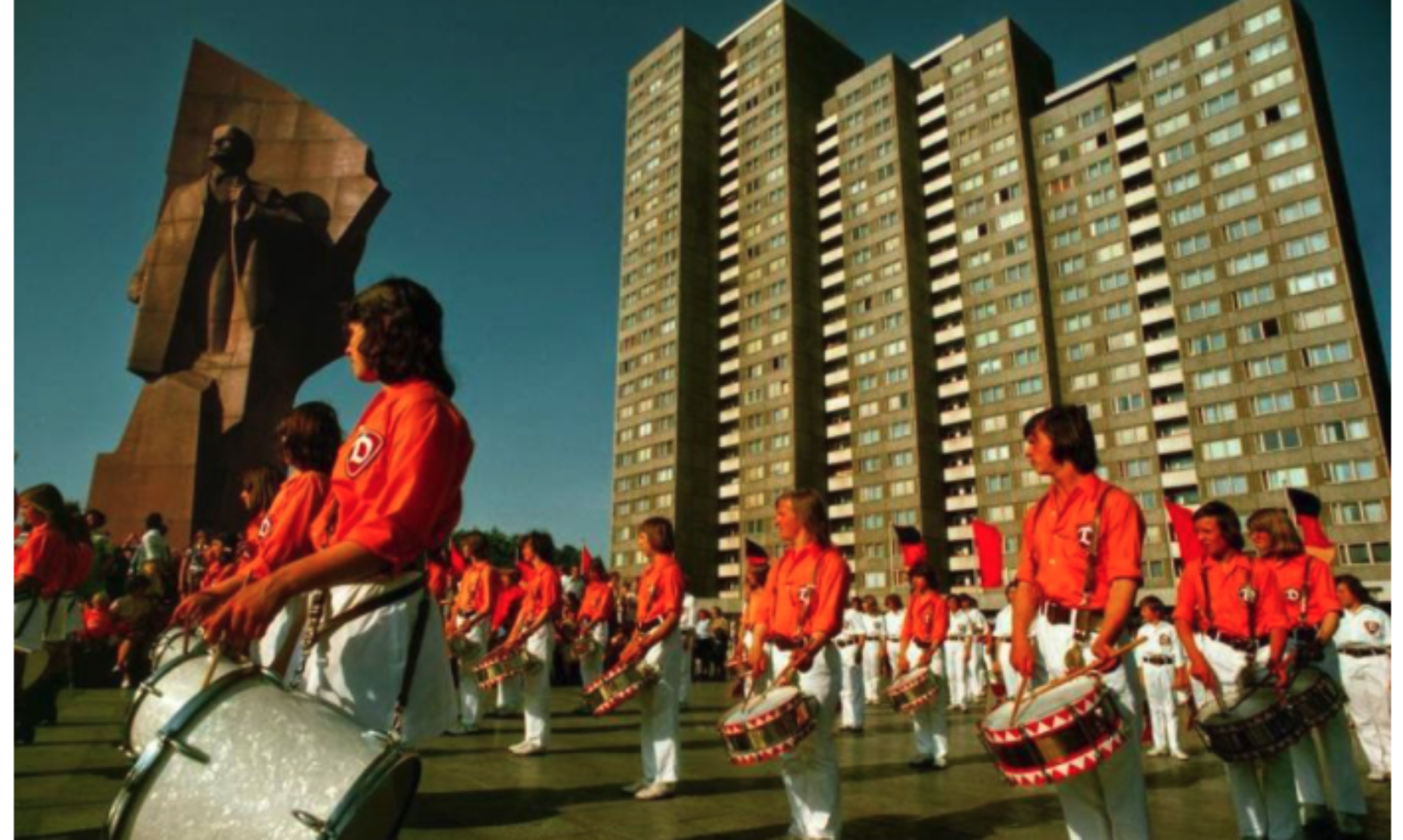Before there was The Miracle On Ice, there was The Miracle On Strings (so to speak). In chapter three of Virtuosi Abroad:…, the author presents the scenario surrounding the first International Tchaikovsky Competition located in Moscow (1958) and the subsequent “lore” that was created. As an international competition, this event gathered the top pianists from an array of nations. Broadly this competition was an attempt to establish Moscow as the “center of a competitive global musical culture system”.
Based on this context so far, were there any comparable global systems that the U.S. tried to implement to rival the Soviet Union? If there are- did these global systems of the U.S. possess the same type of artistic elements or qualities? Moving on the actual results of the competition, Van Cliburn from Texas was crowned champion- providing the U.S. a simultaneous claim of victor.
However, unlike The Miracle On Ice, Cliburn’s win was celebrated by both the U.S. and the Soviet Union. Does anyone have a theory as to why? Was it the political atmosphere of the early Cold War? Or does it come down to the event itself and the difference between hockey (athletics) and a piano competition (art)?
Chapter four of this text progresses into David Oistrakh’s “tours of the Capitalist West” and how through an “international music performance system” Soviet musicians became popular in the U.S. In order for musicians like Oistrakh to come into the U.S. they had to have “proven themselves on previous tours and competitions”.
At the same time this meant that Soviet artists visiting the Western World had to act in political accordance with the Soviet Union- regardless of actual individual belief. Despite Oistrakh’s impressive and extensive musical resume, he experienced very limited access to travel because of Soviet bureaucracy.
Was it paradoxical then for the Soviet Union to convey their cultural/ideological superiority via the aesthetic of art/music considering the amount of influence governmental institutions had? Did the U.S. have a similar foreign policy and strategy when sending musicians to the U.S.? What is it about the atmosphere of “high art” that separates from any of the other competitions discussed in the course?
